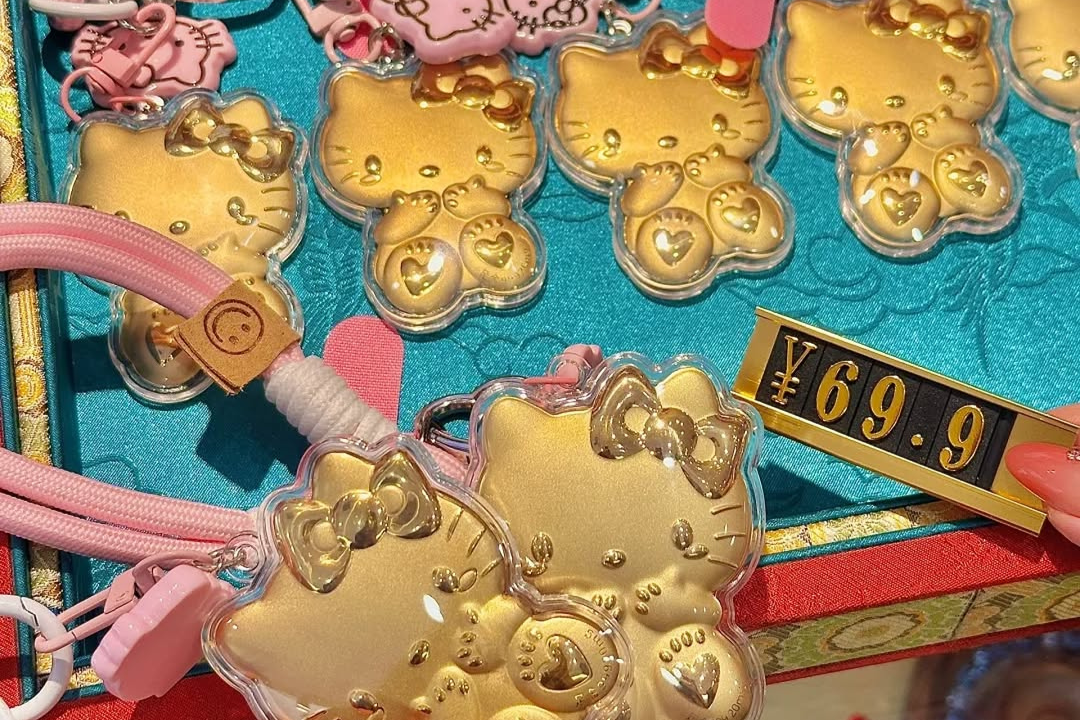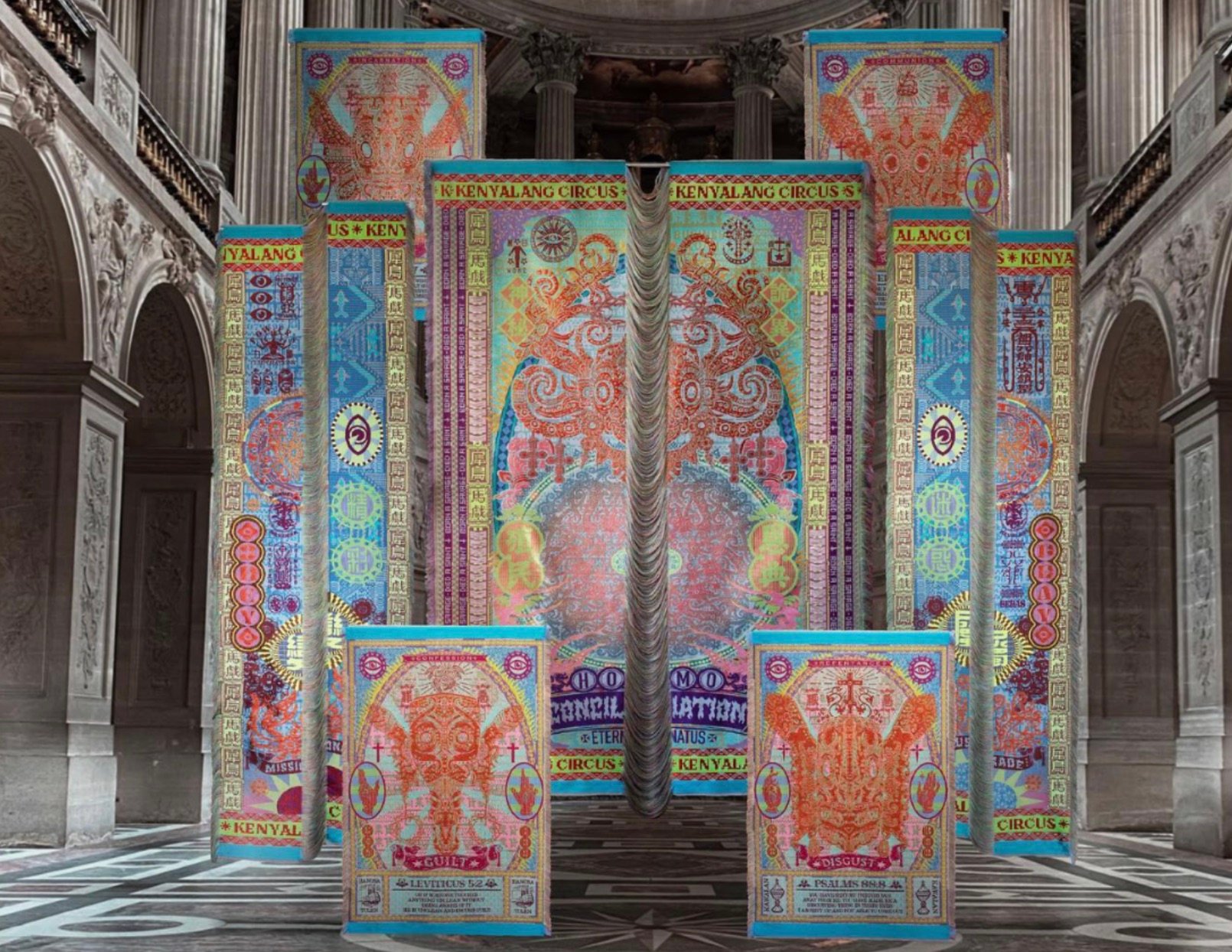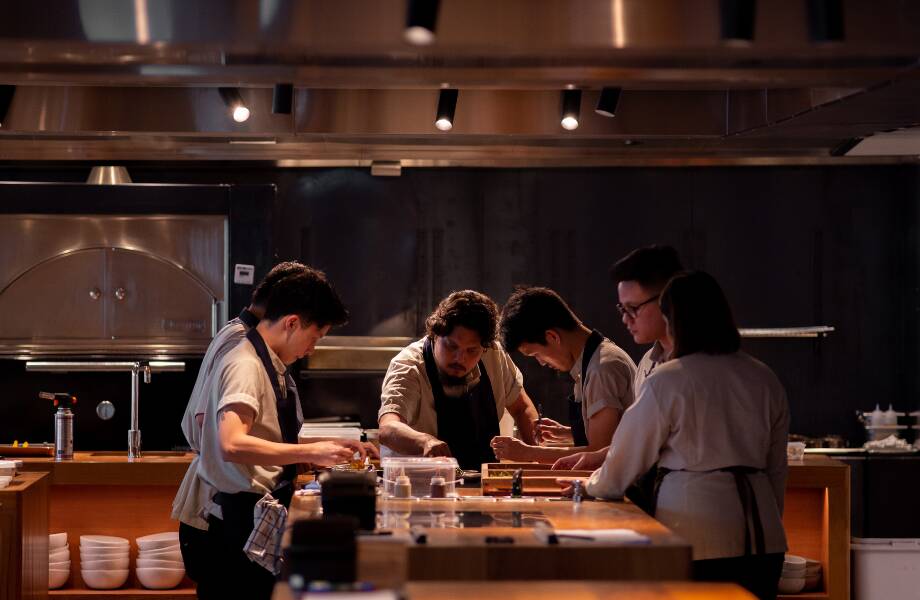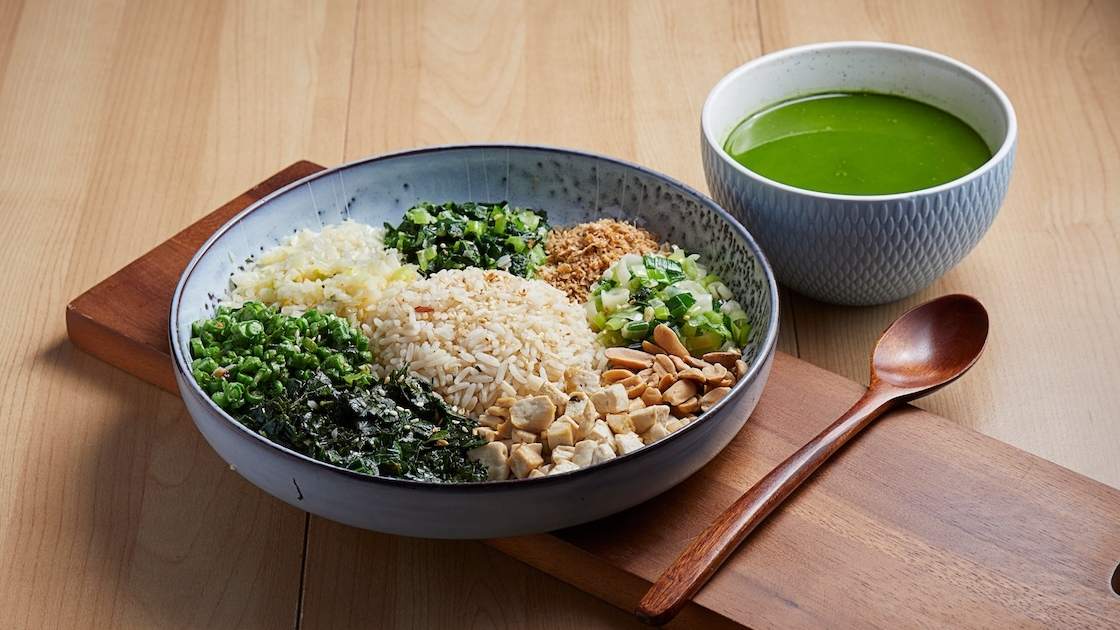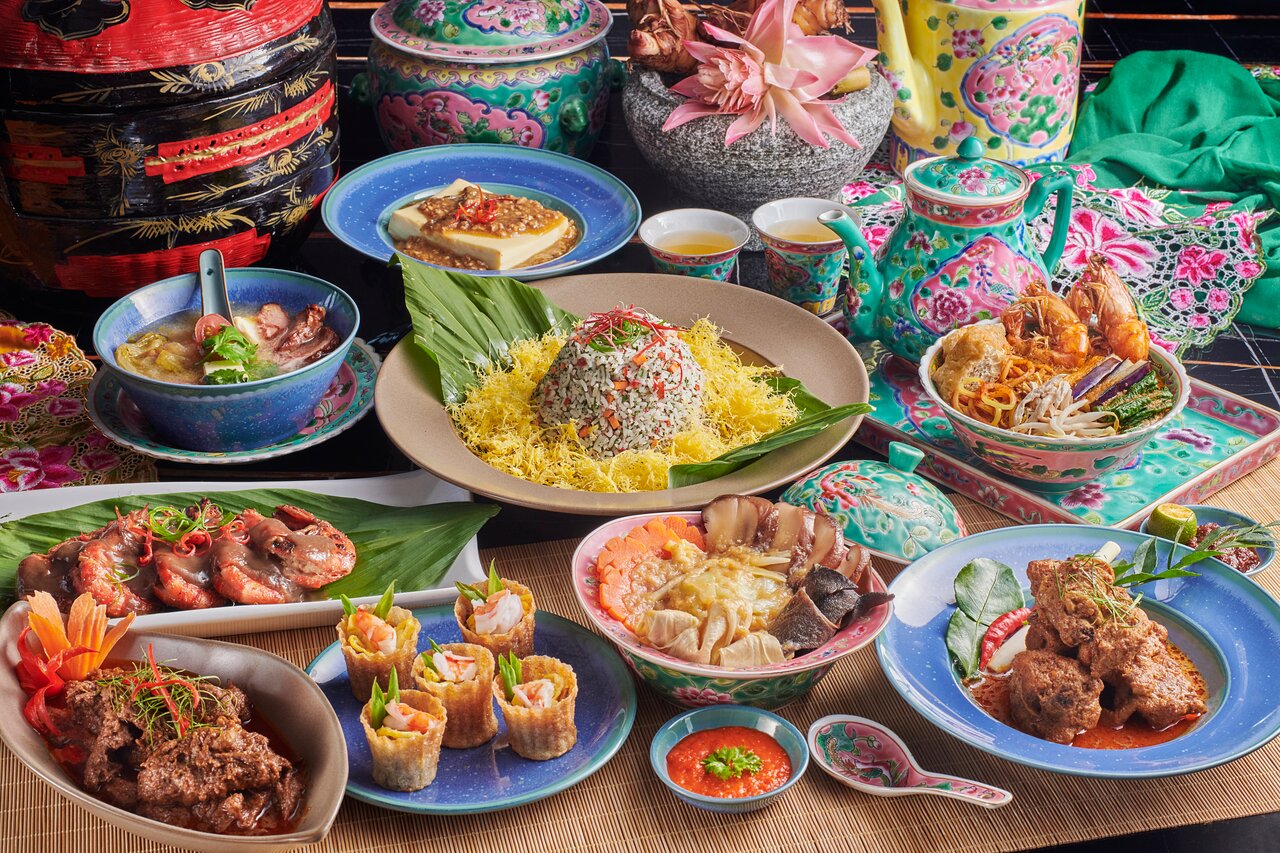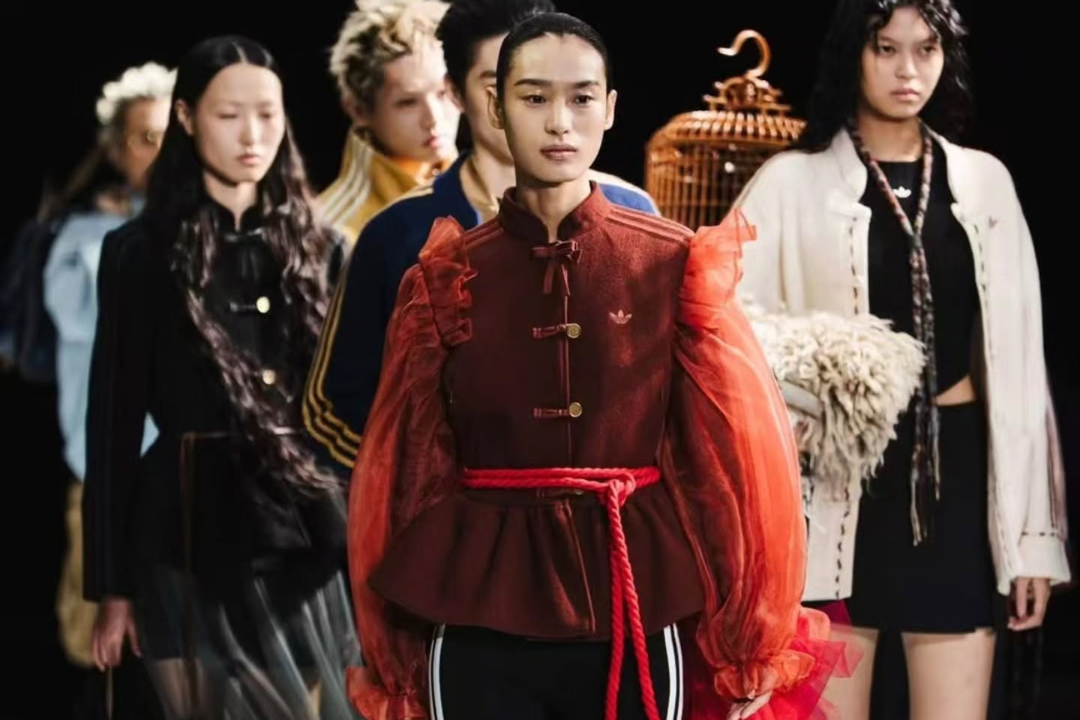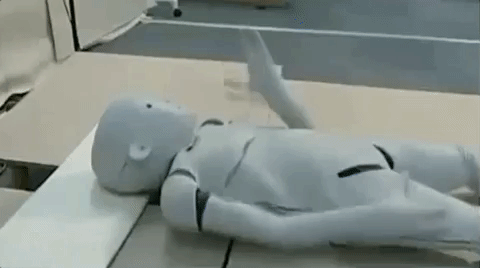Art might not be the first thing that crops up in conversations about Malaysia –– news flash: it’s often food –– but the Southeast Asian nation’s creative scene is growing, with Kuala Lumpur acting as a hub for discovering new artists and nurturing established ones. Independent art spaces are popping up in locations around the city (one of which we recently featured here), each providing local artists room to showcase their works. In this list, we feature five artists and collectives who are expressing their unique perspectives and styles through different mediums, while all reflecting on their identities as Malaysians.
Tep York
A multi-disciplinary contemporary artist who first garnered attention as a skater, skate filmmaker, and clothing brand owner, Tep York employs a conceptual and practical approach to his projects. Often tongue-in-cheek and injected with social commentary, Tep’s practice takes everyday objects and turns them into installations or even practical accessories. Most recently, he repurposed welding gloves from hardware stores as sling bags and power sockets as a chair. He has also showcased Malaysia’s mat rempit culture through multicolored motorcycle helmets — for context, mat rempit refers to individuals who take part in illegal motorcycle racing.
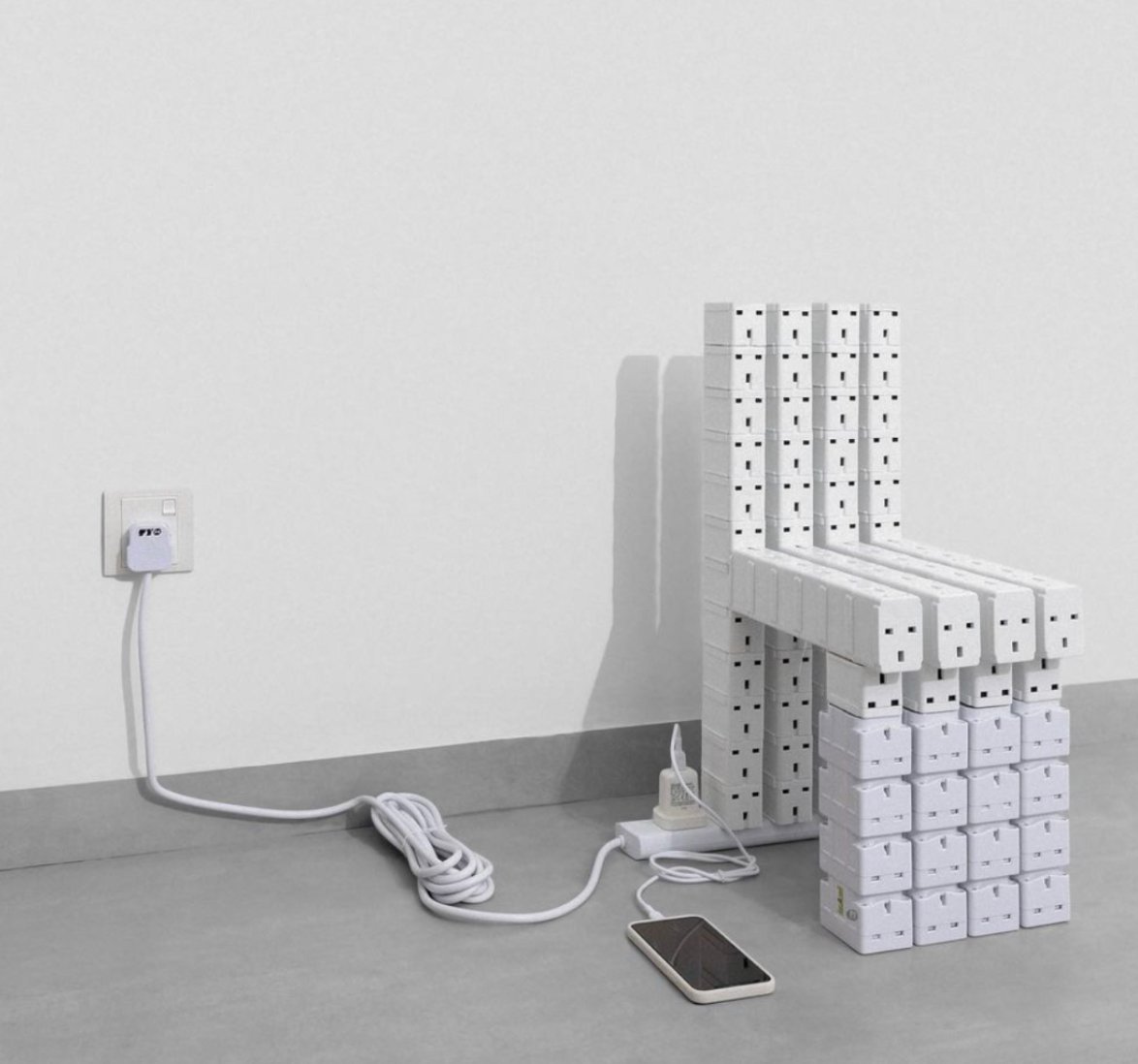
Pangrok Sulap
A collective consisting of Indigenous artists from the Dusun and Murut clans of Borneo, Pangrok (the local pronunciation of “punk rock”) Sulap (a kind of “hut” used by farmers in Sabah) advocates for marginalized communities in East Malaysia with thought-provoking messages inscribed on woodblock prints. For instance, The Falls Of The Evolution (2019) features a combination of four woodblocks prints, each portraying the decay of the current world due to persistent industrialization, war, and consumerism.
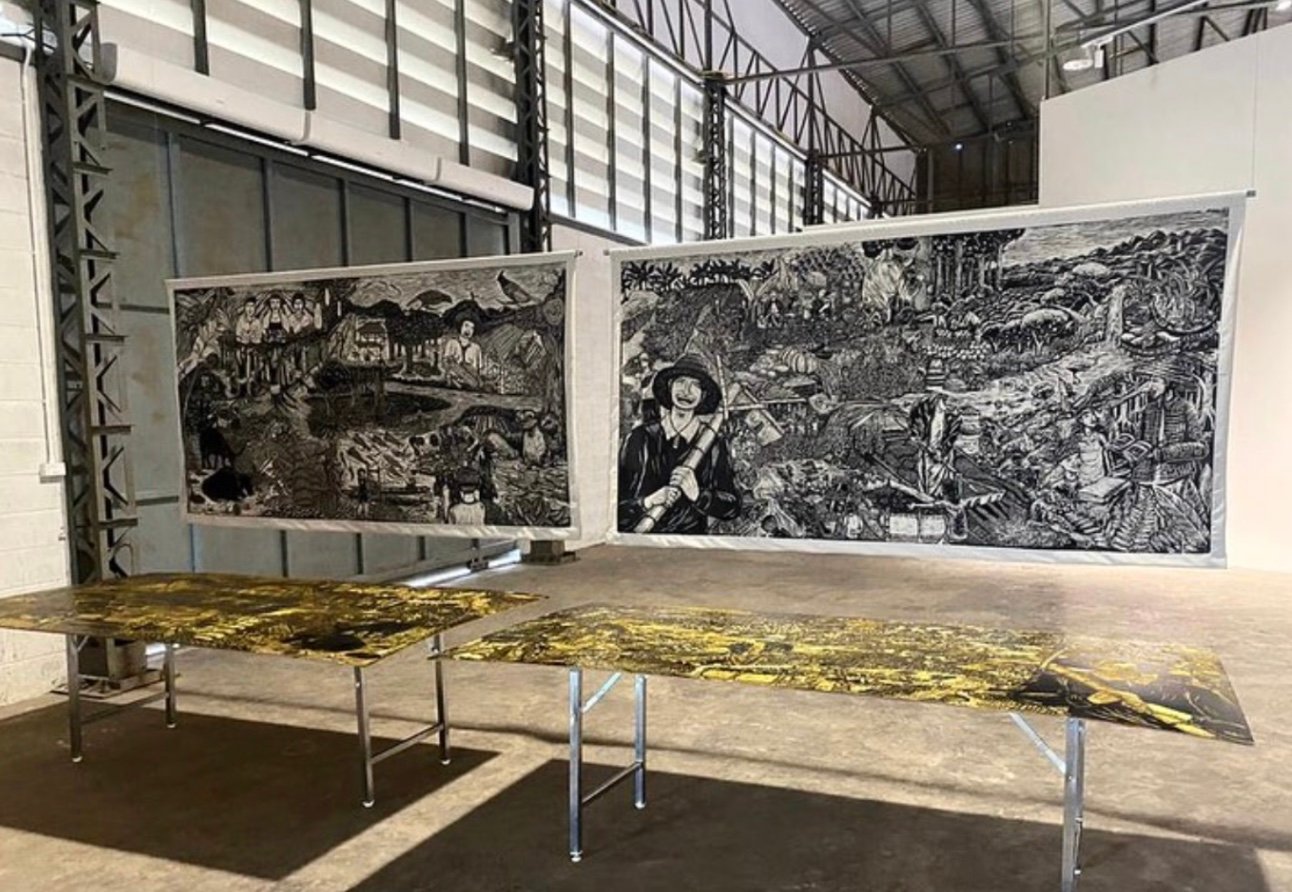
Ang Xia Yi
Inspired by the culmination of her experiences and upbringing as a Chinese Malaysian growing up in the city, 28-year-old Ang Xia Yi combines soft color palettes with imagery and textiles that bring back memories of domestic products from yesteryear, such as napkins and kitchen cheesecloths. In June, she participated in the exhibition “Inventory of Intimacies” at KL’s The Back Room, alongside two other emerging artists also working with textiles, Cheong See Min and Nia Khalisa. For her piece in the show, Ang chose fabrics collected by families over generations or found at old shops, then used these materials to recreate family photographs.
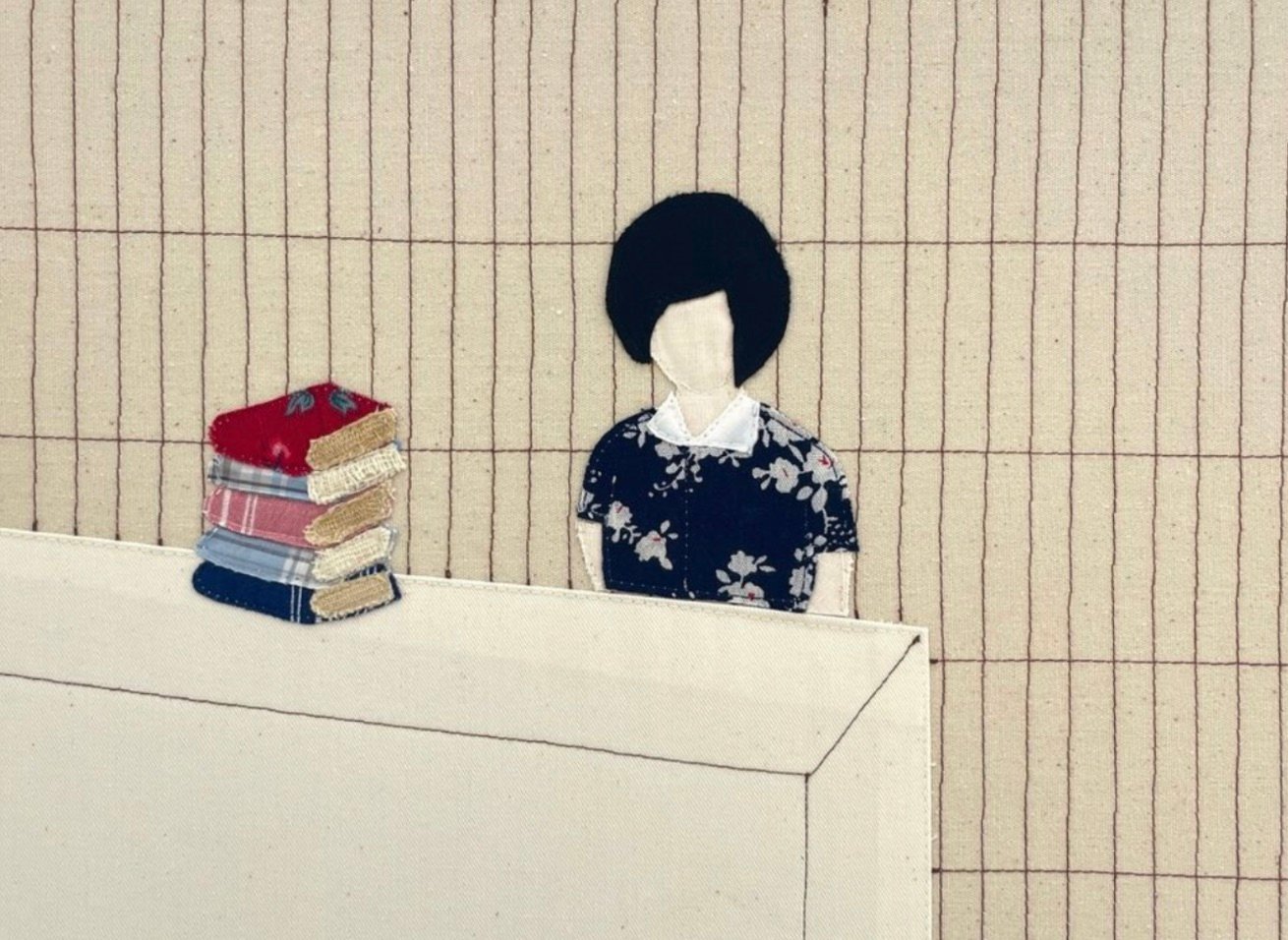
Marcos Kueh
Look closely at Borneo native Marcos Kueh’s art, and you’ll notice a vivid exploration of cultural identity, storytelling, and textile craftsmanship. He merges weaving techniques with contemporary themes, often reflecting his Chinese Malaysian heritage through intricate patterns and symbolic motifs on long pieces of fabric, blending Chinese iconography with Bornean design language. In 2023, Kueh staged the exhibition, “Kenyalang Circus” in KL. In the show, he confronted the exoticization and commercialization of his home state of Sarawak using woven postcards, with hornbills as the satirical subjects. Characterized by a long, down-curved bill, the hornbill is the symbol of Sarawak in more ways than one, seen on the state’s coat of arms as well as adorned on tourist memorabilia.

Lee Mok Yee
Bringing to the table experience in visual art, music, and stage design, Lee Mok Yee’s practice is a striking blend of industrial materials and organic forms, exploring themes of urbanization, nature, and connections between people. One of his recent works, Between Light and Shadows, uses metal and wood to create a large-scale installation that plays with light and spatial depth. The piece evokes a sense of tension between man-made structures and the natural world, inviting viewers to reflect on how these forces coexist. His minimalistic-yet-profound approach transforms everyday materials into contemplative, architectural sculptures.
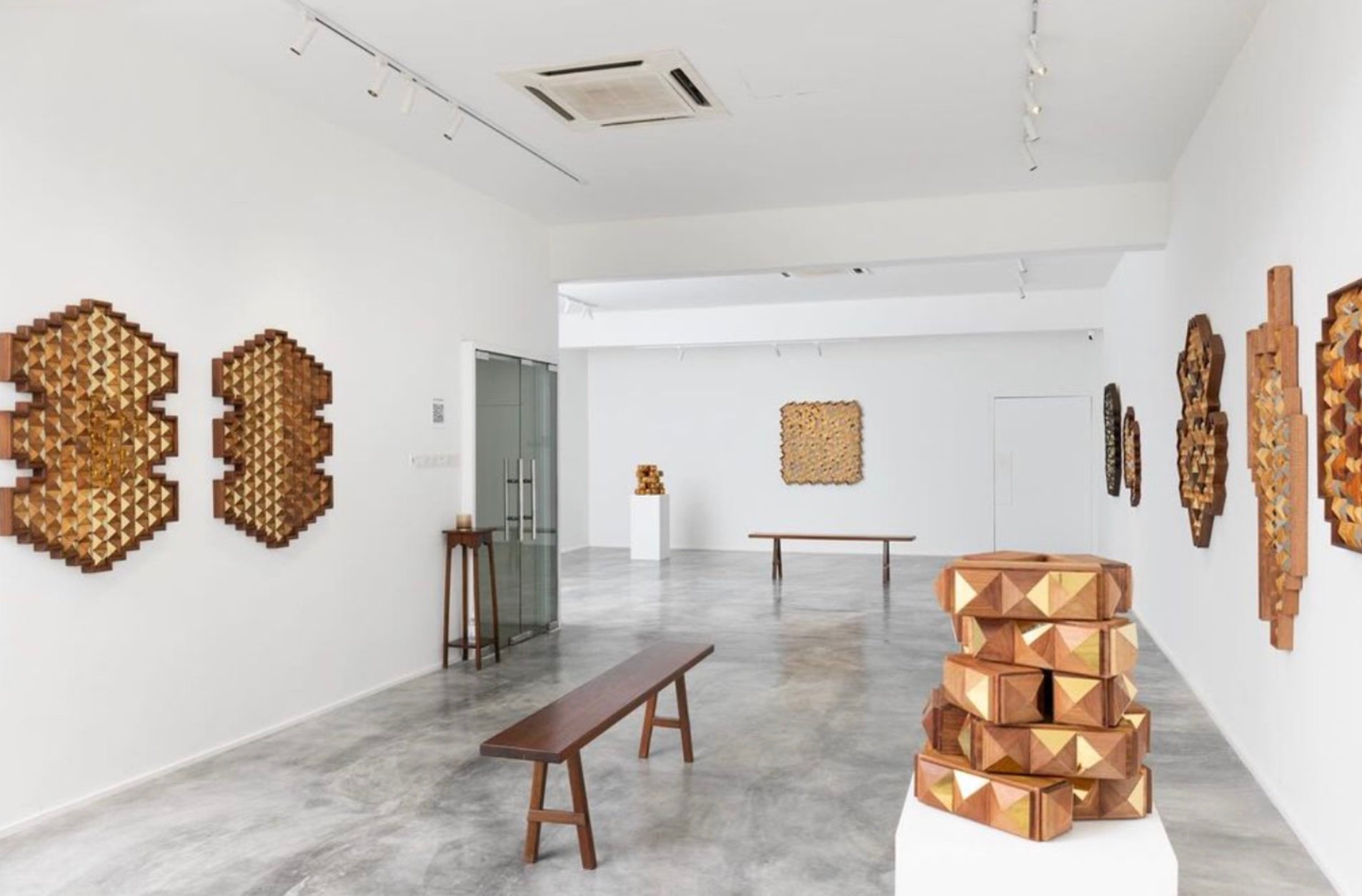
Banner image via Marcos Kueh on Instagram.
